
I am a huge fan of centers in the music room. Love them! L.O.V.E. them! I know as music teachers, it can sometimes be hard give of our instructional time. It can be even more challenging to give of our control in the classroom. But music centers can be an invaluable opportunity to learn about your students – how they learn, what they know, and how they teach others.
Where to begin?
When I set up centers, I always consider the content we have been working on in music class. If you’ve been working on melodic direction, how would you create centers to support that learning? If you’ve been working on rhythmic reading, how would you create centers to support that learning? Multiple centers should be set up to help students learn the same content. Think how students need to learn through a variety of modalities – some learn through doing, some learn through seeing, some learn through hearing. (And really, we all learn through all three modalities.)
My fourth grade students recently took a rhythmic notation pretest. We learn notation through a system of solfege in grades 1-3. By the end of fourth grade, they are expected to be competent in proper names of notation, durations and counting using a number system. My students can read rhythmic notation fluently using solfege, but transferring that information to proper names can be tricky. Rather than drill, I chose to create a series of music centers for students to interact with the content in a variety of ways. The result was that students learned in the ways that were best for them, they taught and corrected one another, and they had a fun learning!
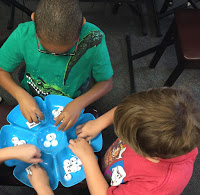
The Set-Up
Typically, with upper elementary, I set up no more than 3-4 centers at a time. My expectation is that the students are able to focus differently and work though the content in a way that is more meaningful and beyond pure exploration
- Dip Tray Workstations – I borrowed this idea from Tracy King. She has several posts about using Dollar Store Dip Trays for sorting activities. After getting my entire extended family to save water bottle caps for me over the course of the summer, I had enough to create this center. A few hundred caps, 6 dip trays, a one-inch hole punch (Fiskars), Modge Podge and a few free hours, several centers were created!
2. Notation Worksheets – I use a variety of music notation worksheets for students to interact with notation content. The nice thing about the notation worksheets is that I can tailor them specifically to the content they need. We did centers just before Halloween and I used Sara Bibee’s Halloween Mega Pack of Music Worksheets.

3. Notation Yahtzee – This is an idea I originally got from The Homeschool Den. Most kids know the game Yahtzee and it transfers easily to music notation. You can purchase small wood blocks from any craft store. I used a paint pen (but a permanent marker would work as well) and wrote notation on each side. The first time the students played the game, the simply had to take three rolls to get as many of each note as possible. No scores were kept. The purpose was to build their capacity to name notes and know durations. The second time we played, students played and kept score using their Notation Yahtzee Sheets.
4. Rhythm Cat – I love this app! And it’s available for both iOS and Droid tablets. Students see a rhythmic excerpt with an accompaniment. Each excerpt uses a different style or tempo of music, giving students lots of opportunities to practice reading and performing rhythms. It is also a leveled game, making the appear similar to some video games. My boys think using Rhythm Cat is amazing! I had lots of kids download the program on their home tablets.

What are your favorite music centers or workstations? Leave me a comment below!

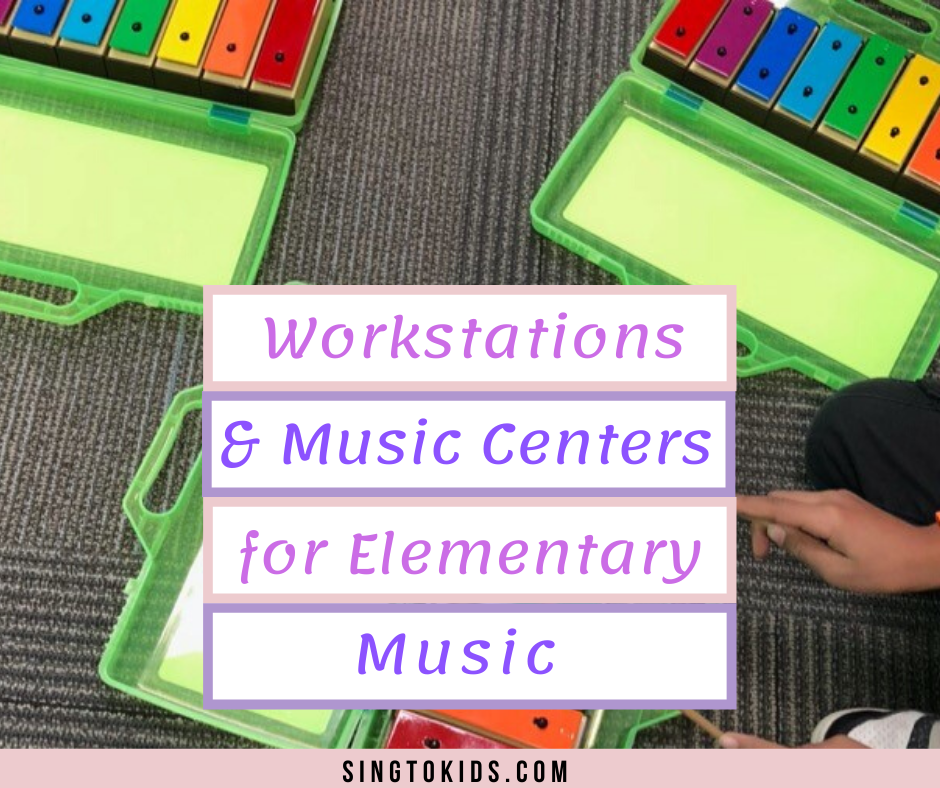

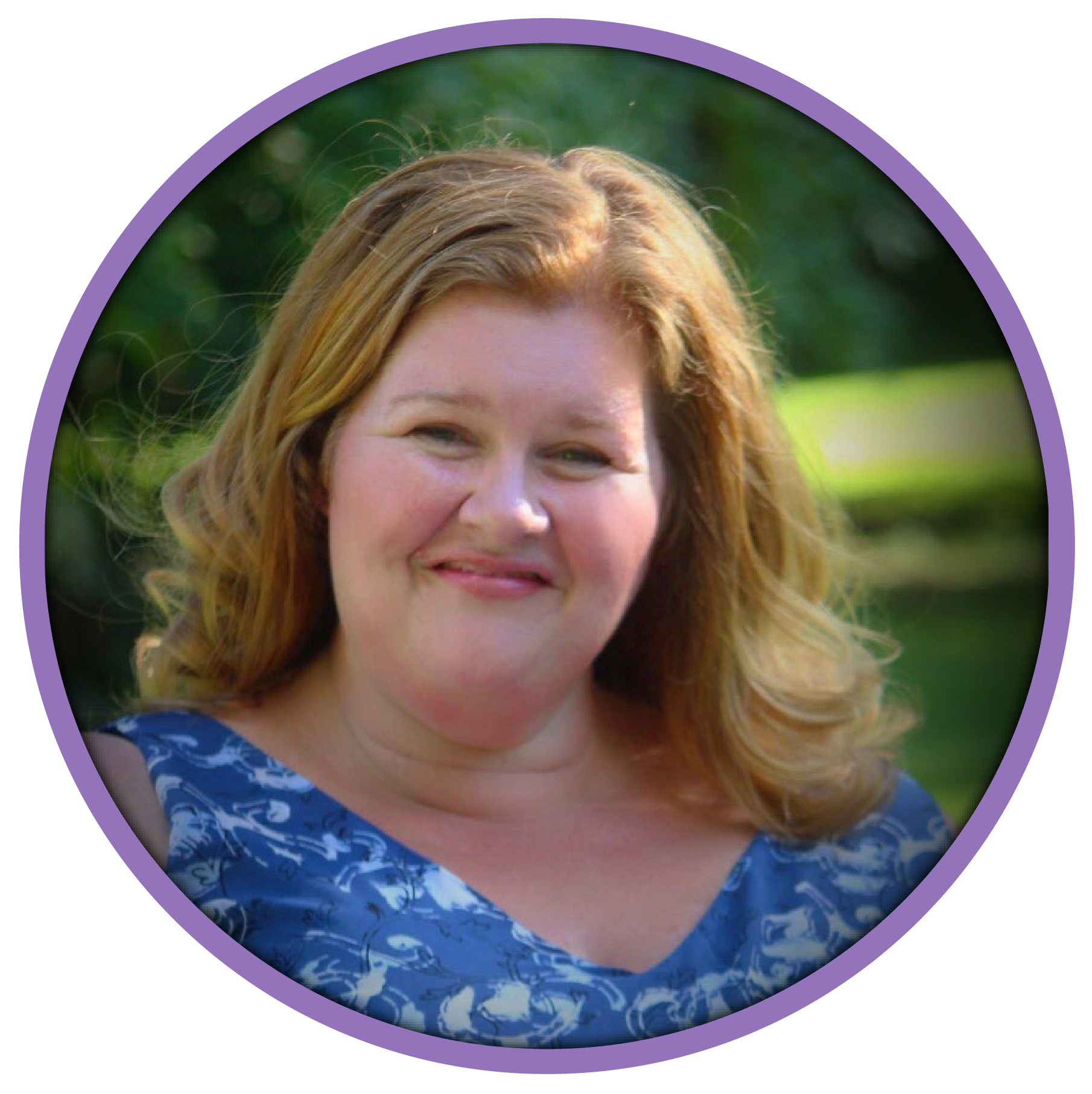
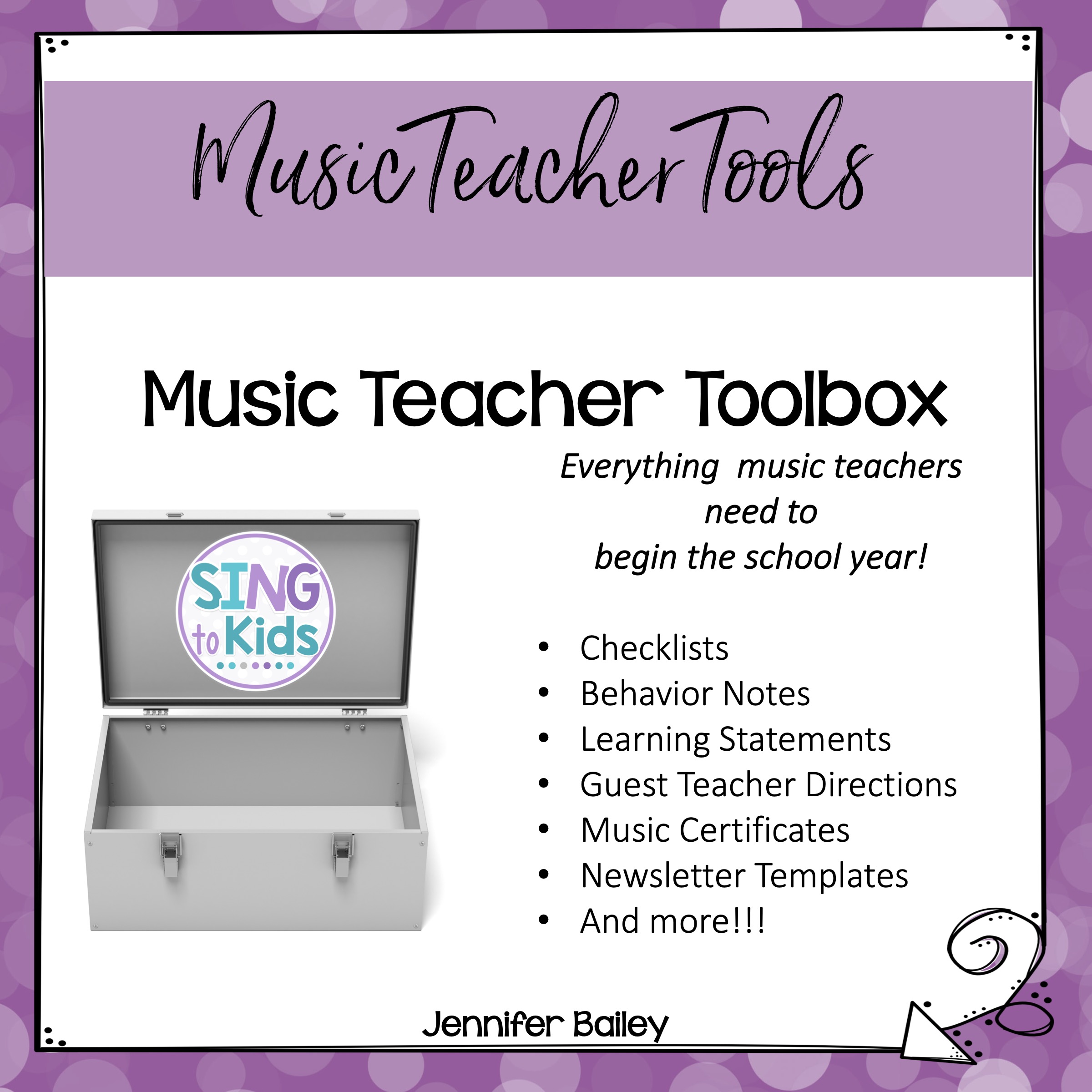

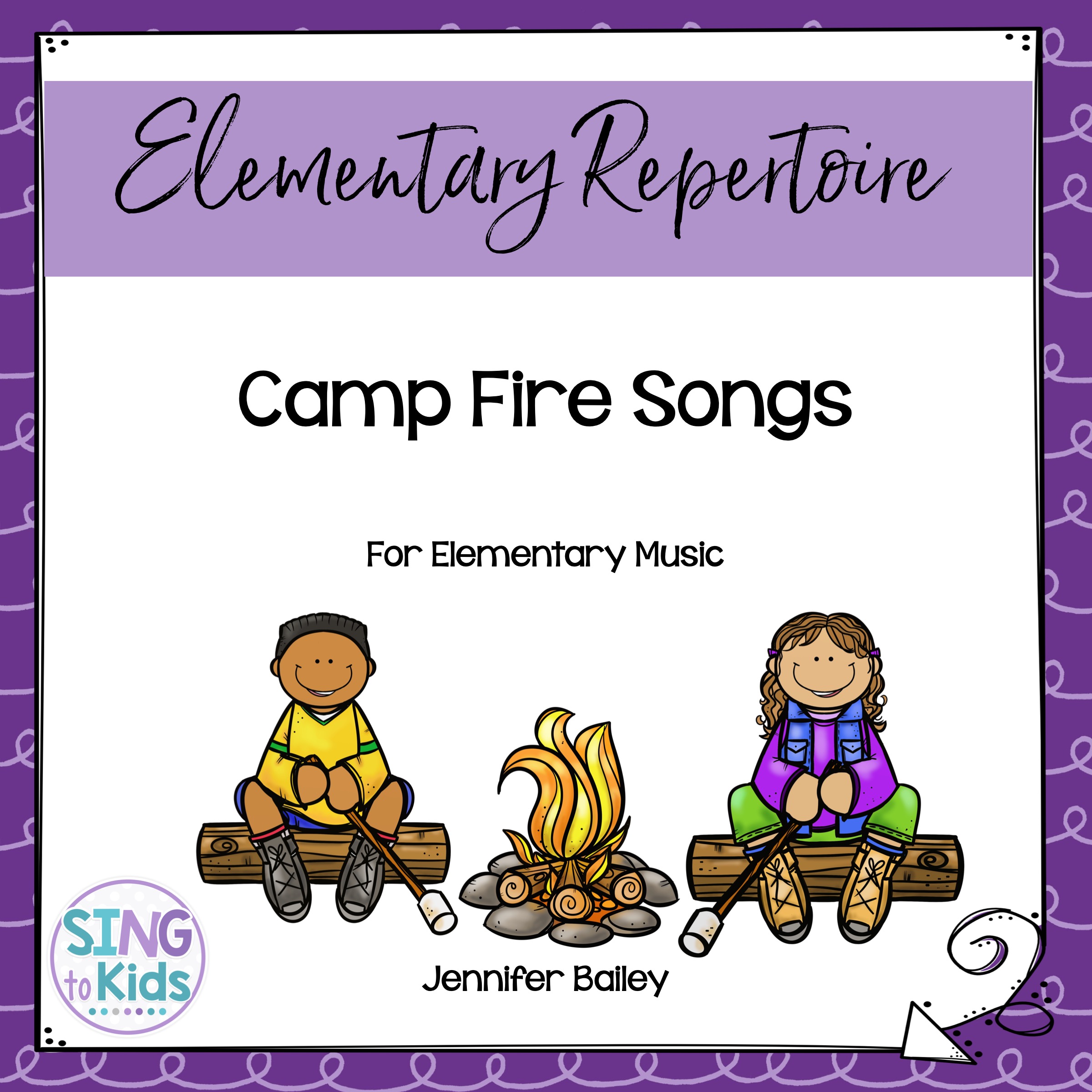
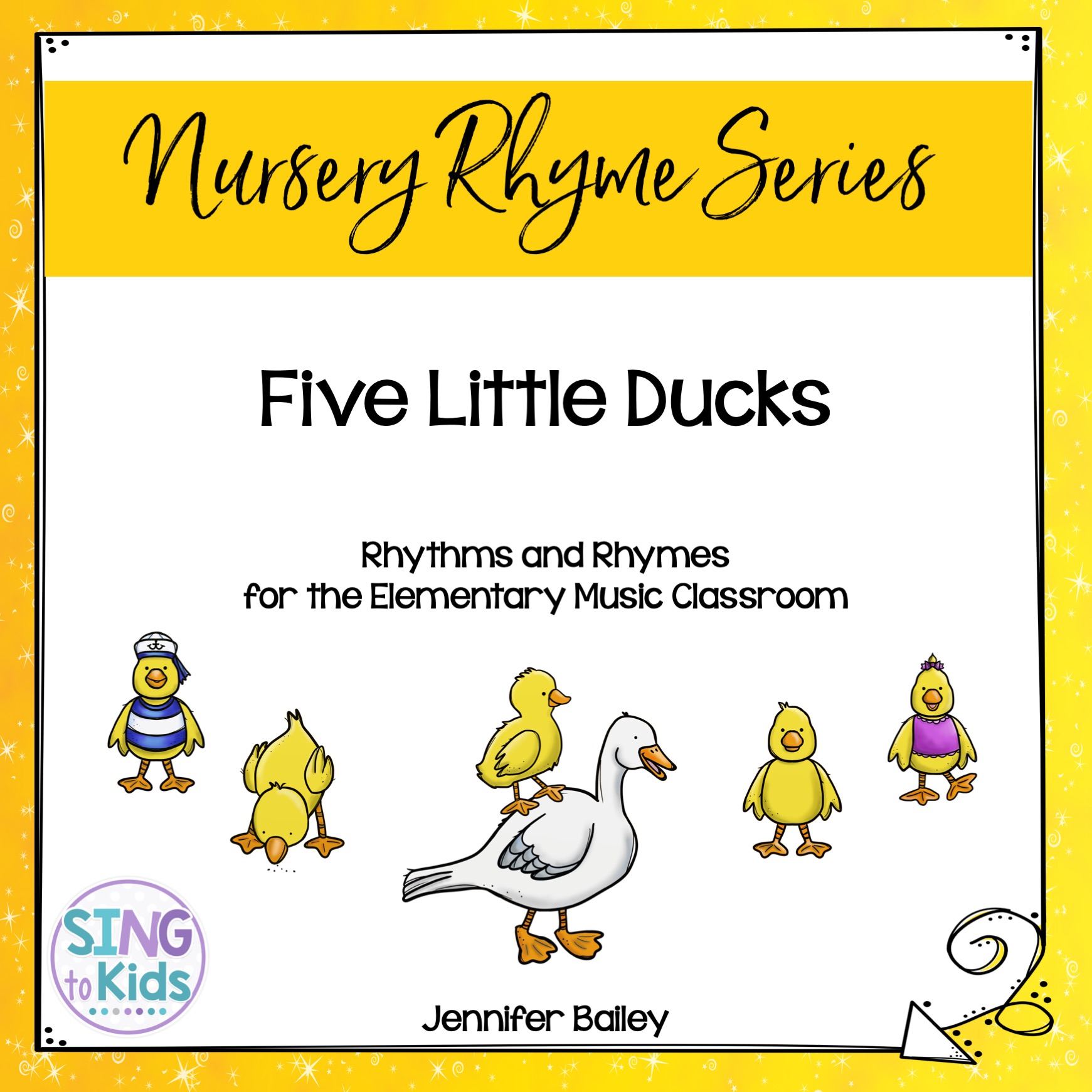
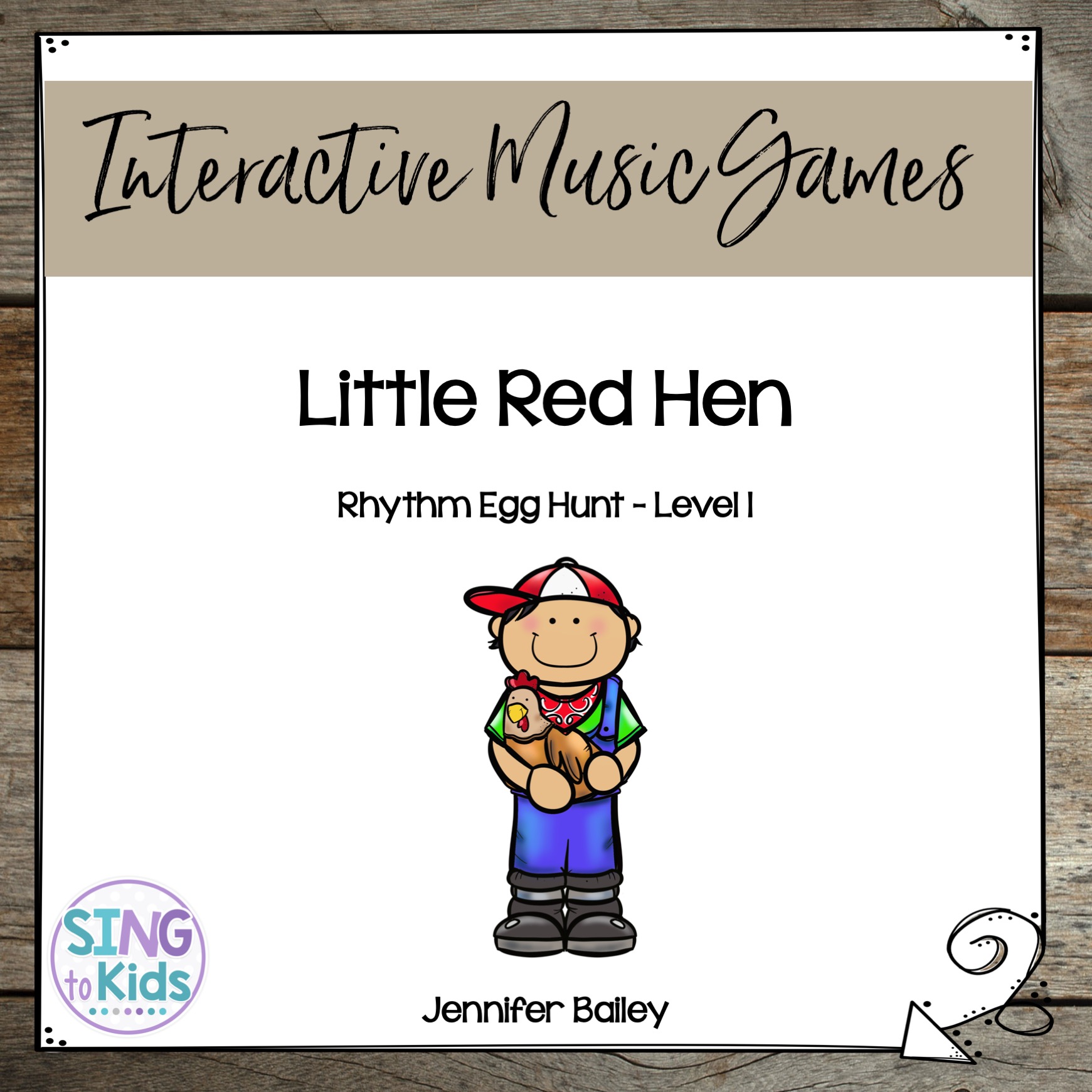
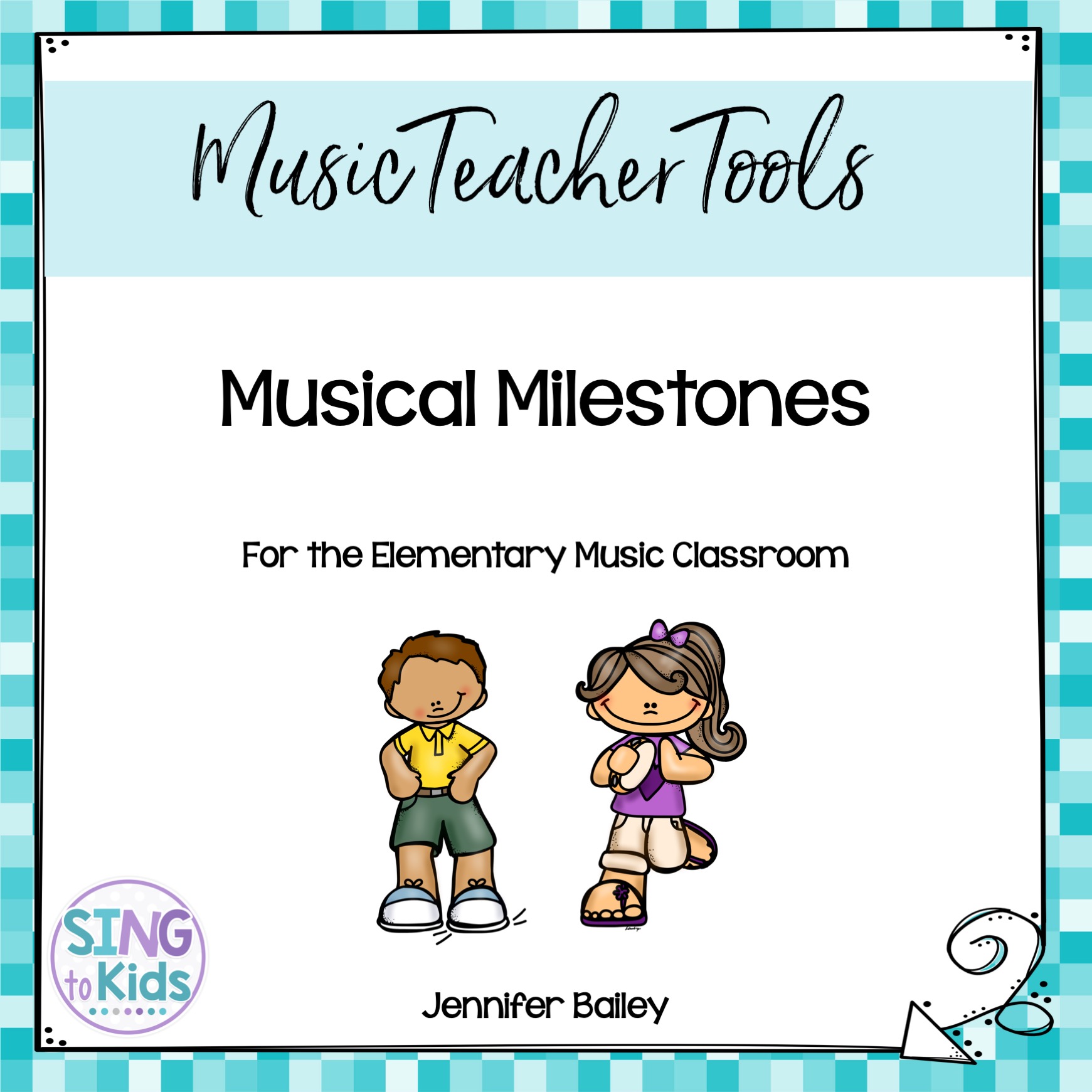
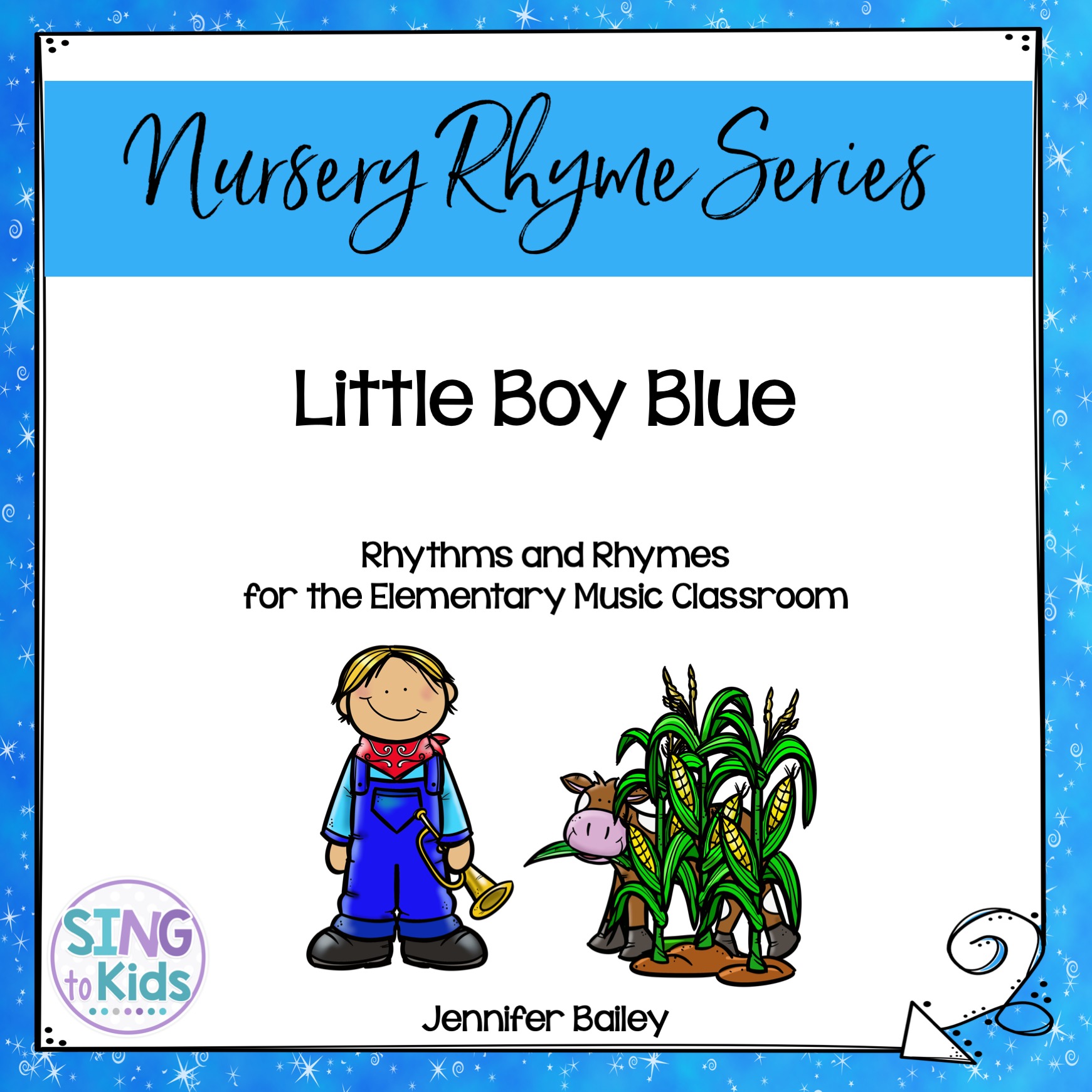
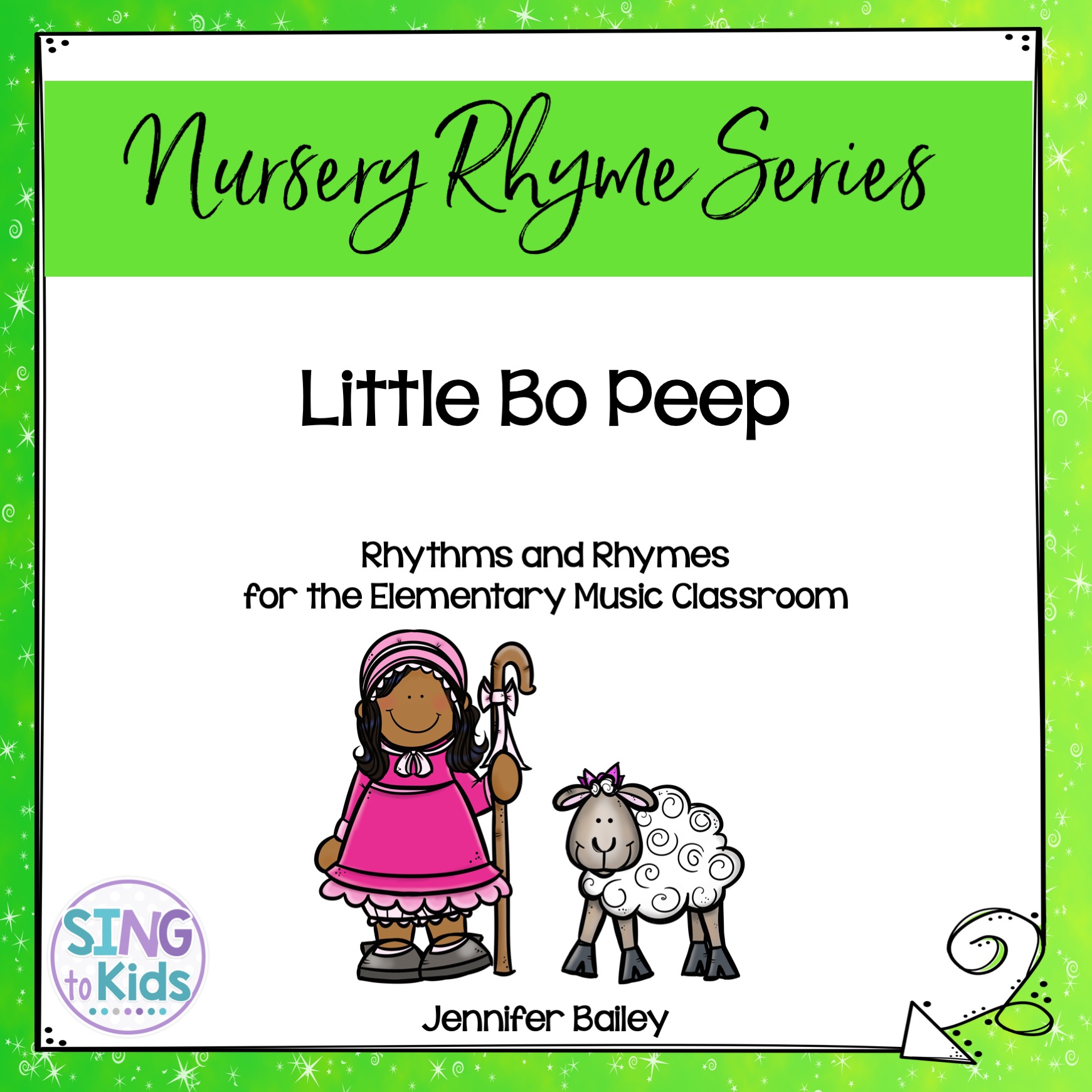
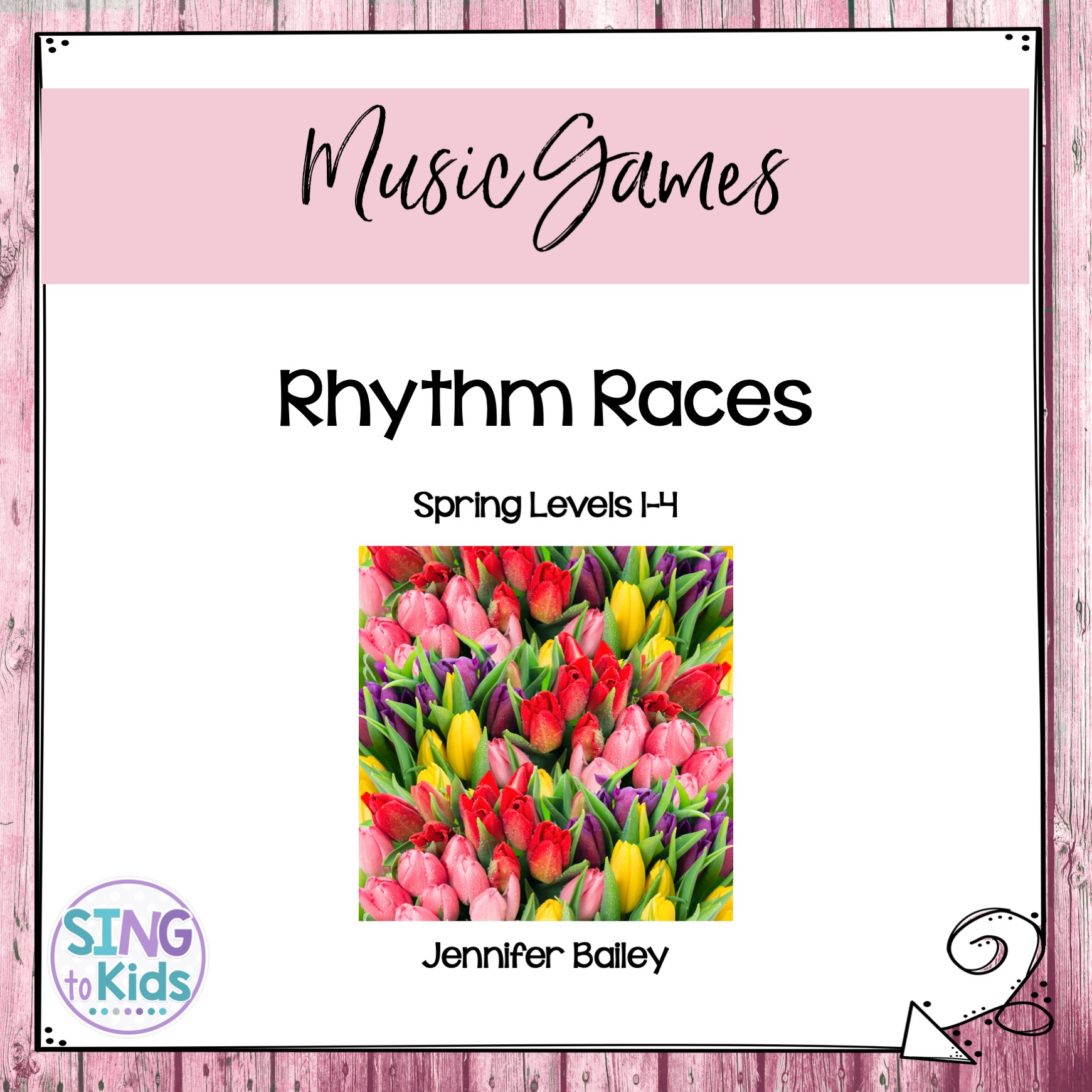
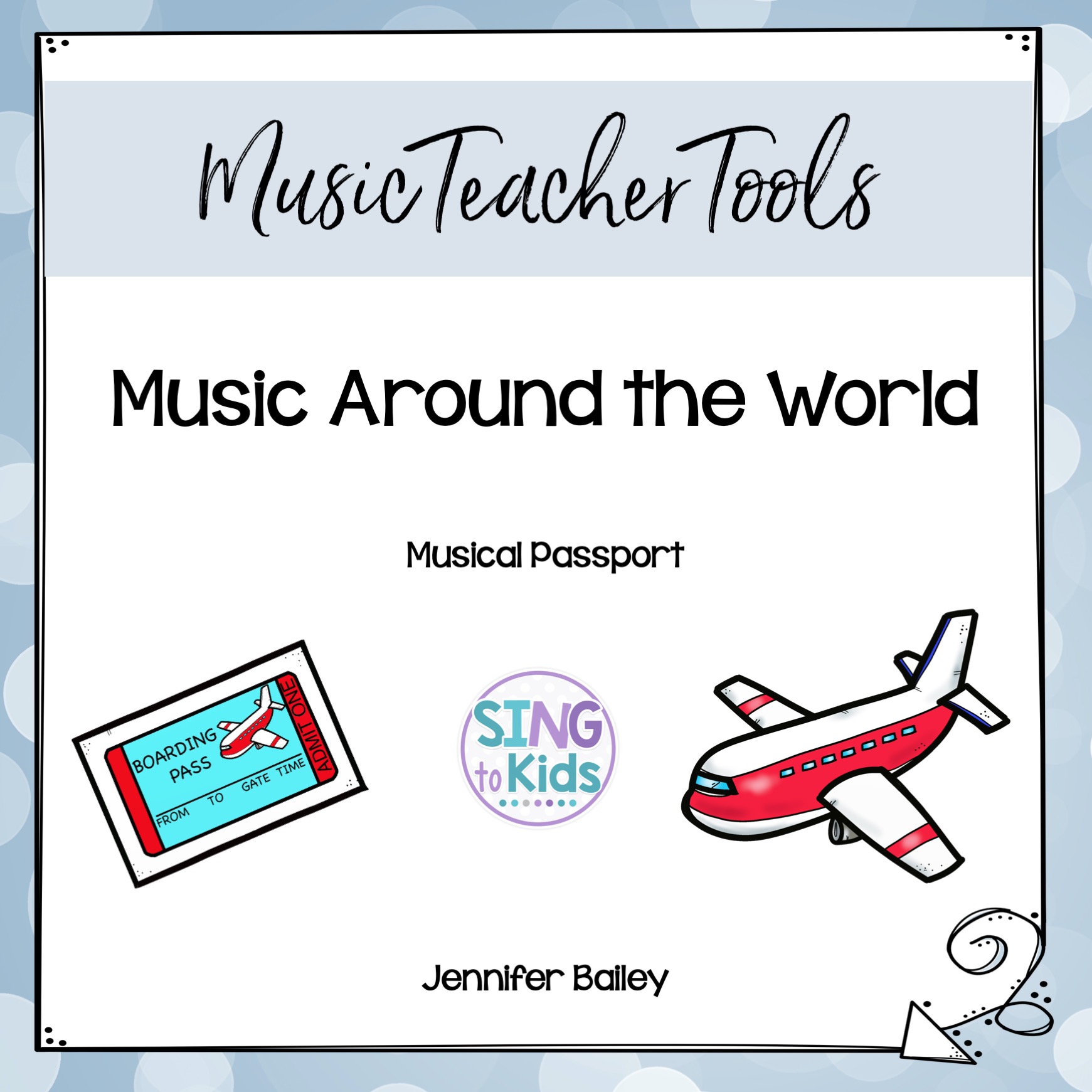
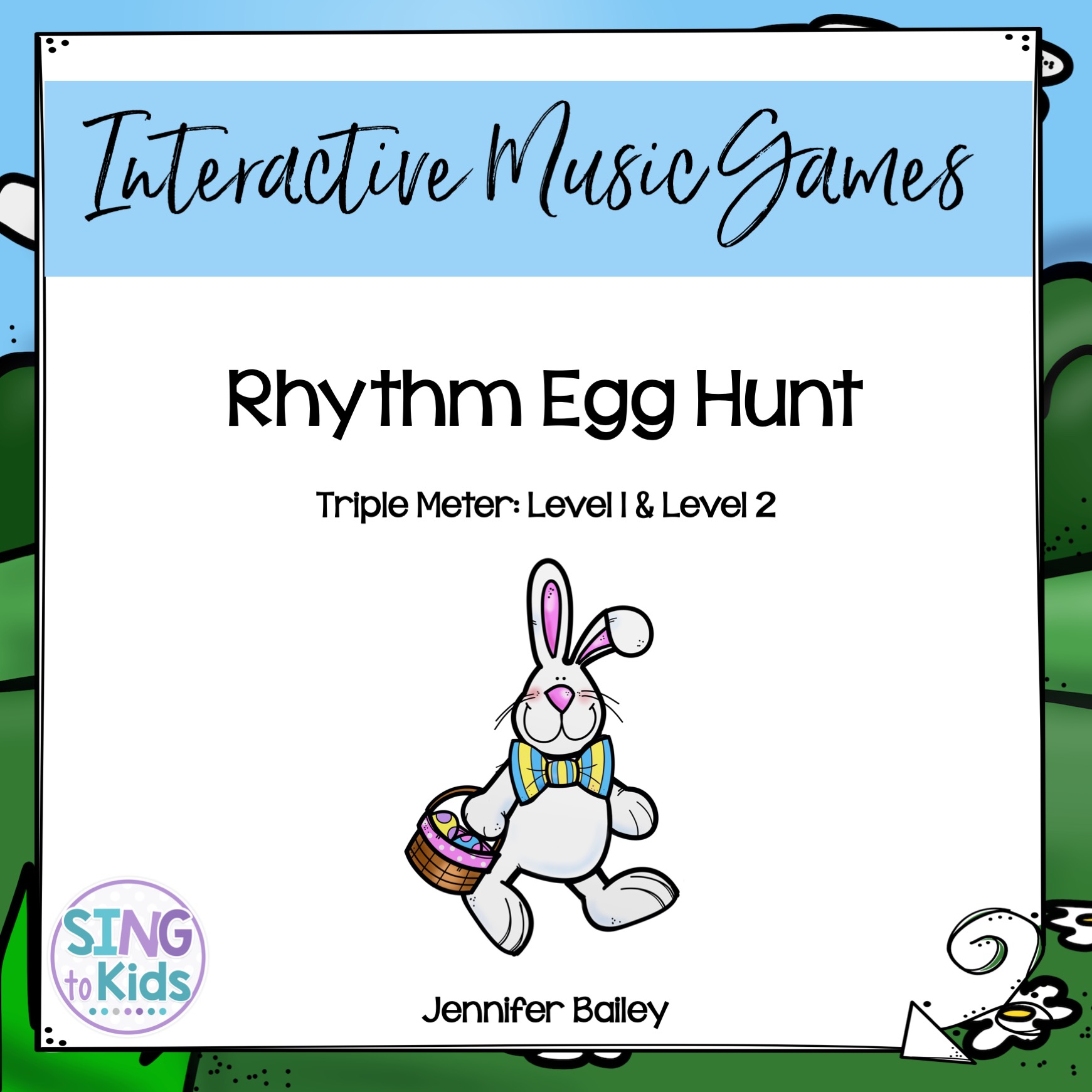
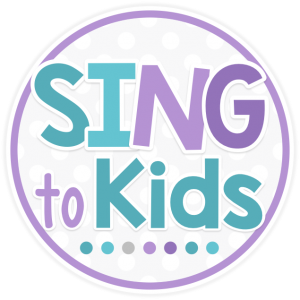
Connect with me!